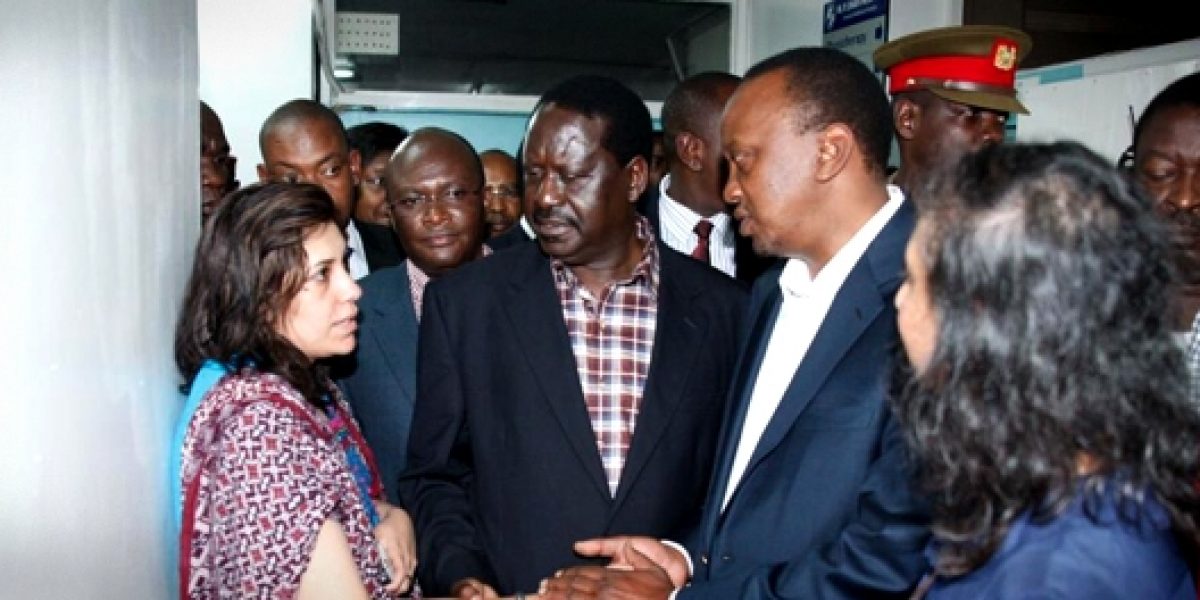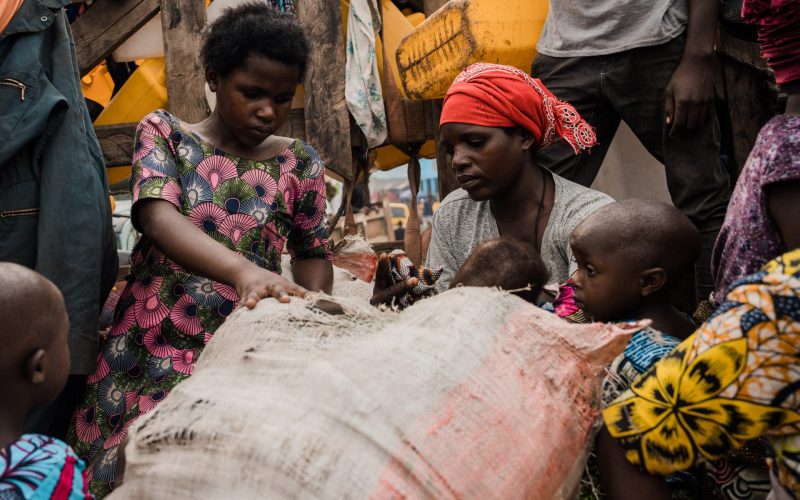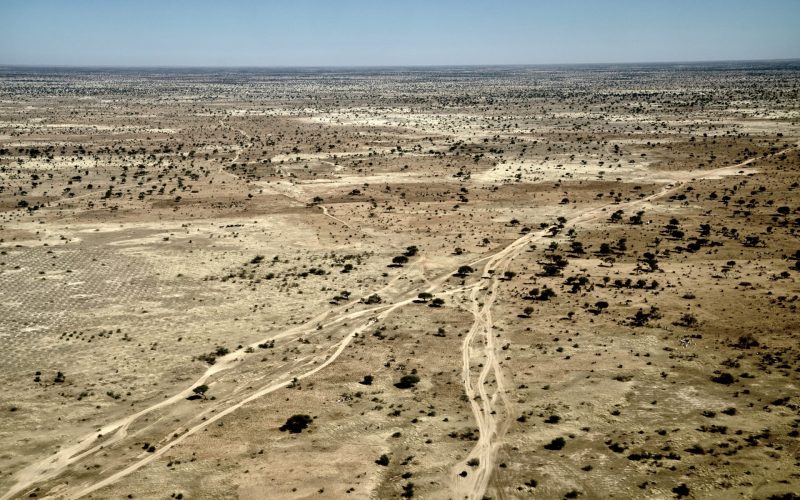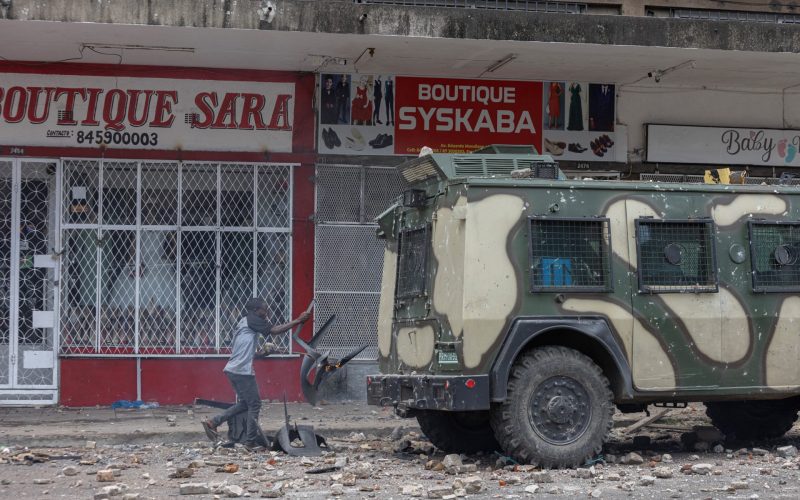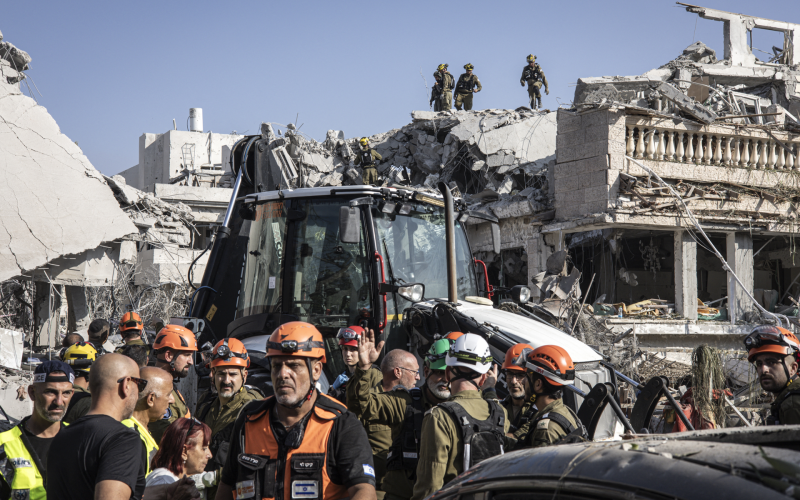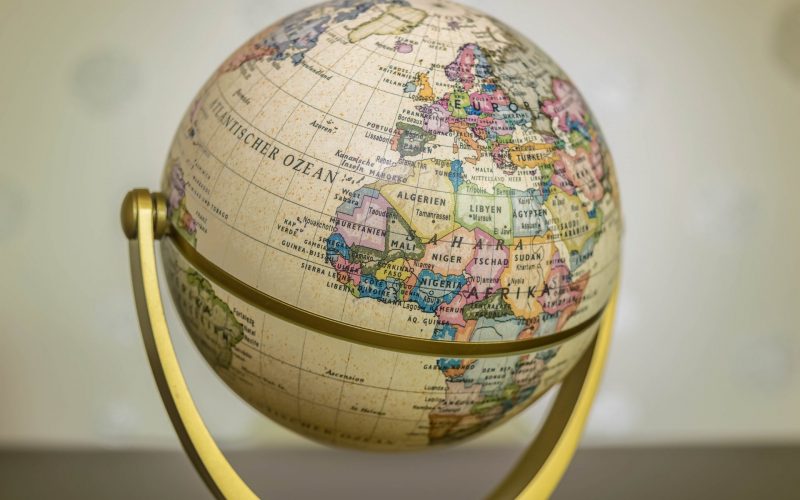Presciently, however, he also added that peace in the horn remains fragile in some parts, but there is a growing determination by the people of Africa to proactively build peace and prevent relapses into conflict and state collapse.
This has afforded the region’s peoples space to direct their energies to building stable and prosperous societies. The attacks by al-Shabaab in Nairobi a few days ago underlined the region’s fragility, even in the face of a rising middle class.
Compelled to secure its northern border against al-Shabaab incursions, Kenya’s troop deployment to Somalia in October 2011, subsequently re-hatted as part of the African Union mission, paradoxically did not create more security.
Although Kenyan troops were able to push al-Shabaab out of Kismayo and the south, al-Shabaab’s ability to switch to guerrilla warfare not only dispersed its fighters into the civilian population in Somalia, it also precipitated numerous attacks in Kenya, especially in the north east. The boldest strike was the September attack on Kenya’s capital and the economic hub of the region.
Kenya hosts a large Somali diaspora, including half a million refugees – its citizens include Kenyan Somalis, with ‘Greater Somalia’ irredentist tendencies. As a regional economic hub the country has seen substantial revenues from Somalis’ piracy activity, but also from its active Somali business sector, which other Kenyans have viewed with trepidation and some xenophobia.
The East African region is among the most economically dynamic in Africa. Kenya and Ethiopia realised economic growth rates of 4.8% and 7% in 2012, respectively. Overall, growth in east Africa was 5.6% last year. Kenya’s recently launched Lamu Port and South Sudan Ethiopia Transport Corridor project (LAPSSET), which encompasses a new road network, railway line, oil refinery and pipelines, and airports, will link South Sudan and Ethiopia to the port of Lamu just south of the Somali border. The corridor has the potential to catalyse economic activity in the area, integrating these markets further and in the case of Kenya’s north-east, providing much-needed economic stimulus. But this requires a stable environment without the threat of attacks from Somalia. Yet, the creation of a peaceful, stable and institutionally strong Somali state is unlikely in the short to medium term, for all the international support and AU involvement.
The tragedy of Westgate brings into sharp relief a number of questions for both Kenya and the rest of the continent: How should external actors ensure that their involvement in fragile contexts does not do more harm than good? Kenya’s intervention for example was seen as a foreign incursion, pitting al-Shabaab against an occupying force, thus mobilising support among Somalis.
Although regional heavyweights such as Ethiopia and Kenya may have the military clout initially (Ethiopia had also sent troops into Somalia in 2005-06), their regional dominance sometimes undermines the very processes they are intended to support because of the ulterior motives ascribed to their actions. A long-term challenge for the continent is what the best means are to tackle radicalism in African societies and limit their global linkages. Al-Shabaab’s activities may seem localised, but they form part of broader regional political dynamics and an Islamic militancy trend sweeping across Africa that includes Boko Haram and Al-Qaeda in the Maghreb (AQIM). While politically motivated, these draw oxygen from illicit economic activities that fund their causes and spawn interwoven criminal and political networks – another bane of the continent.
President Kenyatta in the same op-ed mentioned above, argued that ‘state failure is the direct cause of […] insecurity [brought about by piracy and terrorism]. Peace-building is, therefore, indispensable to modern economic strategy.’ For Kenya and its neighbours in east Africa to reap their vision of building prosperous societies, peace building necessitates working with regional institutions to underwrite political settlements that transcend power-sharing among elites, are perceived as legitimate and inclusive in the eyes of the majority of the population, and which are largely home-grown.
While radicalism may not be eradicated, a process to build legitimacy and trust across communities limits the fertile ground for recruitment. Unfortunately, the record of political settlements both in Africa and beyond shows just how difficult this can be. Kenya and its neighbours may not be able to eradicate the scourge of terrorism in their countries; they can be better prepared to counter it, and they should not neglect the more difficult political – yet ‘softer’ – issues of mobilising moderate forces and building broad consensus across communities for peace-building rather than social radicalisation.

